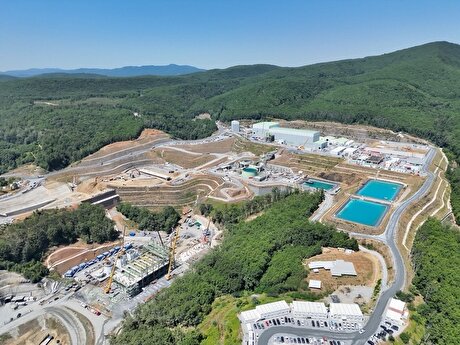
2025 Steel Plan: We Have Been There Before!
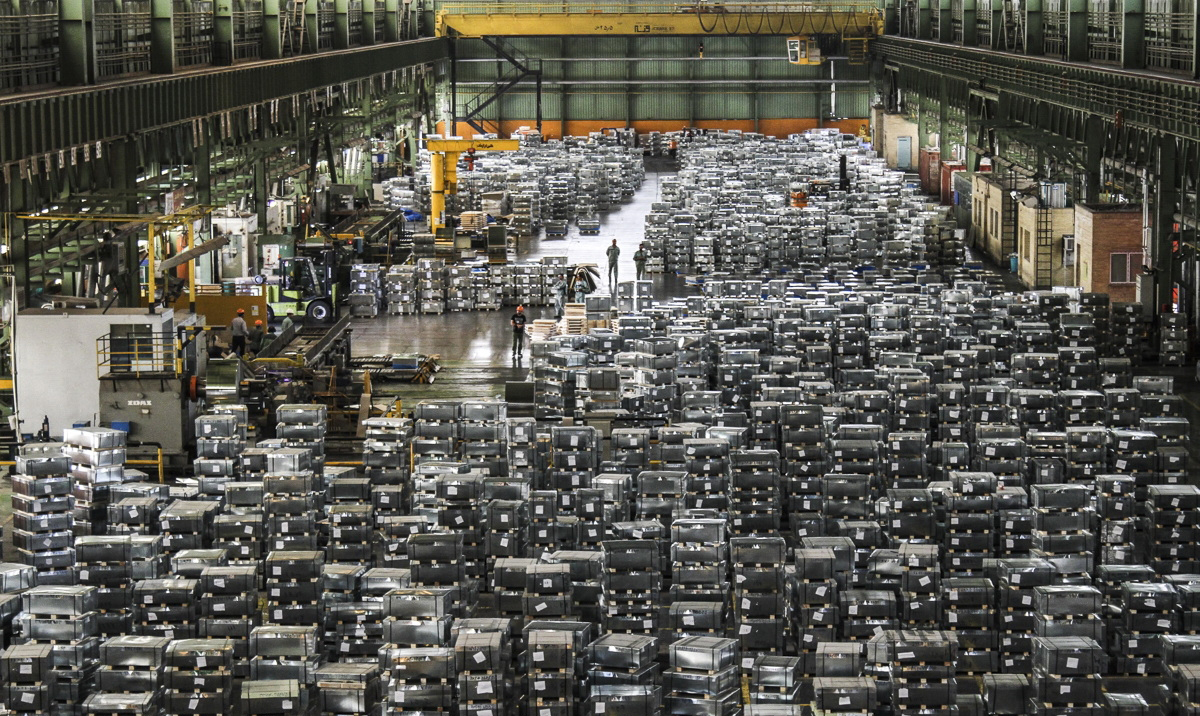
Plans to develop the domestic steel industry dates back to 2004, in which year the so-called “Comprehensive Steel Plan” was unveiled or the first time. According to the plan, domestic production capacity of the metal was to rise to 28 million tons per year by 2010. The goal proved to be elusive and the industry fell short by almost 4 million tons as the deadline approached.
Now the 55 million-ton target by 2025 requires increasing production capacity for sponge iron from the current 26 million to 58 million tons, pellet from 28 to 88 million, and iron ore concentrate from 44 to 53.3 million tons.
Studies conducted by Foolad Technic International Engineering Company show the vision plan necessitates annual export of 21 million tons of the projected production capacity, with domestic demand around 34 million tons within the next ten years.
Needless to say, the plan has its own advocates and critics. The Ministry of Industry, Mining and Trade, as well as the Iranian Mines and Mining Industries Development and Renovation Organization believe cheap energy and abundant mineral resources allow for the realization of the announced goals.
Critics, however, argue that the government has set the bar too high. They lean on some undeniable deficiencies, namely the dilapidated and underdeveloped railroad system, the unending water crisis, inability of electricity and gas networks to feed the myriad of steel mills spread across the country, inadequate port capacity for steel export and scrap imports, and a looming shortage of iron ore.
Seasoned economic experts and prominent environmentalists have on a regular basis singled out the steel industry as more of a liability on the sole premise that it is water-intensive (it takes 75,000 gallons of water to produce one ton of steel) and thus unsustainable.
Bahador Ahramian, a member of Tehran Chamber of Commerce, Industries, Mines, Trade and Agriculture, believes even if all the primary requirements are met and infrastructure is developed, Iran would still have no viable and sustainable market for steel exports.
“Any steel trader will tell you that 20 million tons of steel cannot be sold in any market without efficient marketing. In fact, exporting such volumes is next to impossible given the extended slump if the global steel market,” Ahramian was quoted by the TCCIMA news portal as saying.
Chinese oversupply (better known as dumping) has saturated every steel market in the world and the competition is too grueling for another producer to step in and sell 20 million tons of the metal, he said. Countries with no steel of their own have no second thoughts on importing cheap Chinese steel while steelmaking states strive to heavily protect their producers through import tariffs and other barriers, undercutting foreign competition in the process.
Ahramian says domestic steel consumption for the next 10 years has been forecast based on average consumption during the last decade. This is while the construction industry, and consequently demand for steel was booming in the first half of the last decade.
“Such projections, without first considering the ground realities of the steel market (declining demand in the domestic construction sector, plummeting global commodity prices and China’s stranglehold over prices and production) cannot be accurate and dependable.”

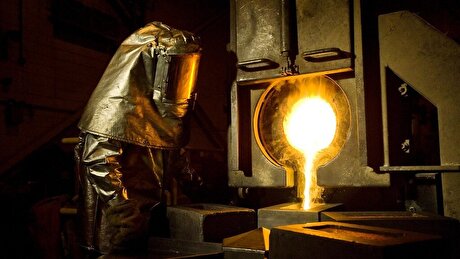
Newmont nets $100M payment related Akyem mine sale

First Quantum scores $1B streaming deal with Royal Gold

Caterpillar sees US tariff hit of up to $1.5 billion this year

Gold price rebounds nearly 2% on US payrolls data

Goldman told clients to go long copper a day before price plunge

Australia pledges $87M to rescue Trafigura’s Nyrstar smelters in critical minerals push

Copper price posts second weekly drop after Trump’s tariff surprise
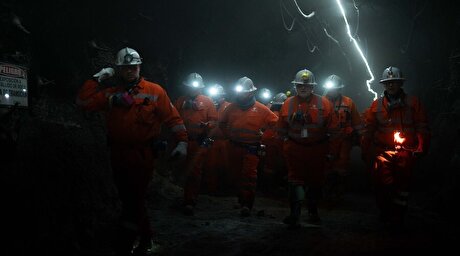
One dead, five missing after collapse at Chile copper mine
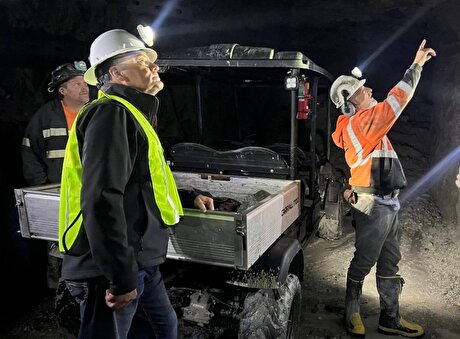
Idaho Strategic rises on gold property acquisition from Hecla

Codelco seeks restart at Chilean copper mine after collapse

US slaps tariffs on 1-kg, 100-oz gold bars: Financial Times
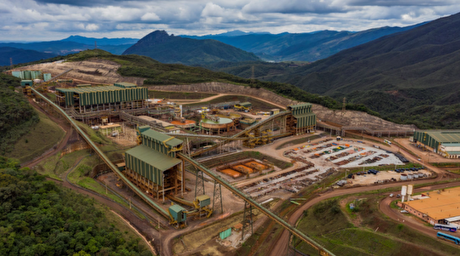
BHP, Vale offer $1.4 billion settlement in UK lawsuit over Brazil dam disaster, FT reports
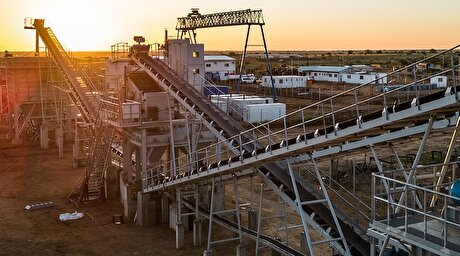
NextSource soars on Mitsubishi Chemical offtake deal

Copper price slips as unwinding of tariff trade boosts LME stockpiles

SAIL Bhilai Steel relies on Danieli proprietary technology to expand plate mill portfolio to higher steel grades

Alba Discloses its Financial Results for the Second Quarter and H1 of 2025
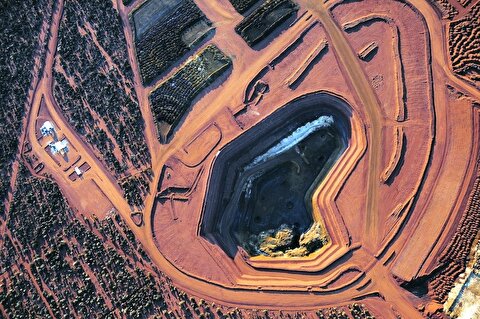
Australia weighs price floor for critical minerals, boosting rare earth miners

Australia pledges $87M to rescue Trafigura’s Nyrstar smelters in critical minerals push

Fresnillo lifts gold forecast on strong first-half surge

US slaps tariffs on 1-kg, 100-oz gold bars: Financial Times

BHP, Vale offer $1.4 billion settlement in UK lawsuit over Brazil dam disaster, FT reports

NextSource soars on Mitsubishi Chemical offtake deal

Copper price slips as unwinding of tariff trade boosts LME stockpiles

SAIL Bhilai Steel relies on Danieli proprietary technology to expand plate mill portfolio to higher steel grades

Alba Discloses its Financial Results for the Second Quarter and H1 of 2025

Australia weighs price floor for critical minerals, boosting rare earth miners

Australia pledges $87M to rescue Trafigura’s Nyrstar smelters in critical minerals push

Fresnillo lifts gold forecast on strong first-half surge














